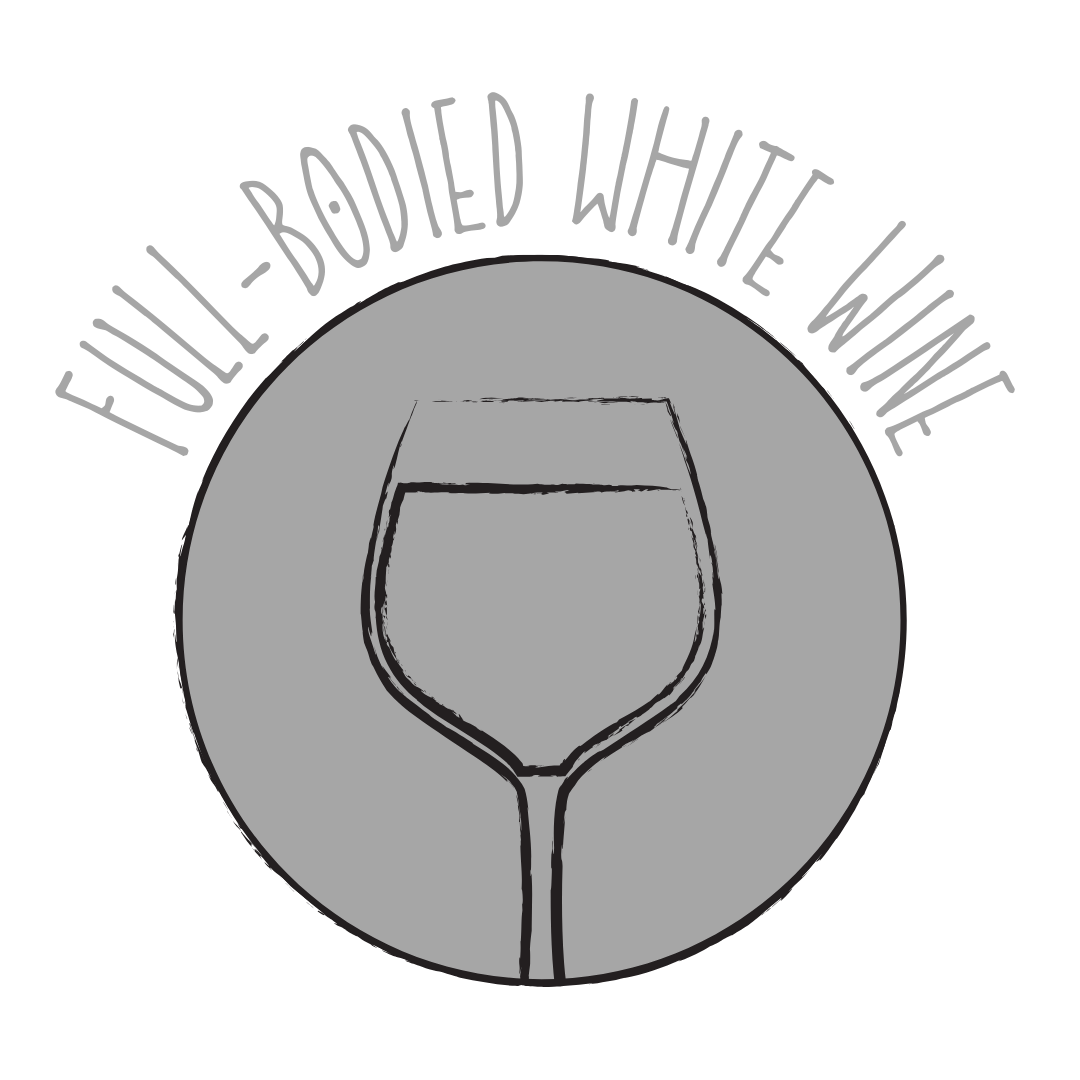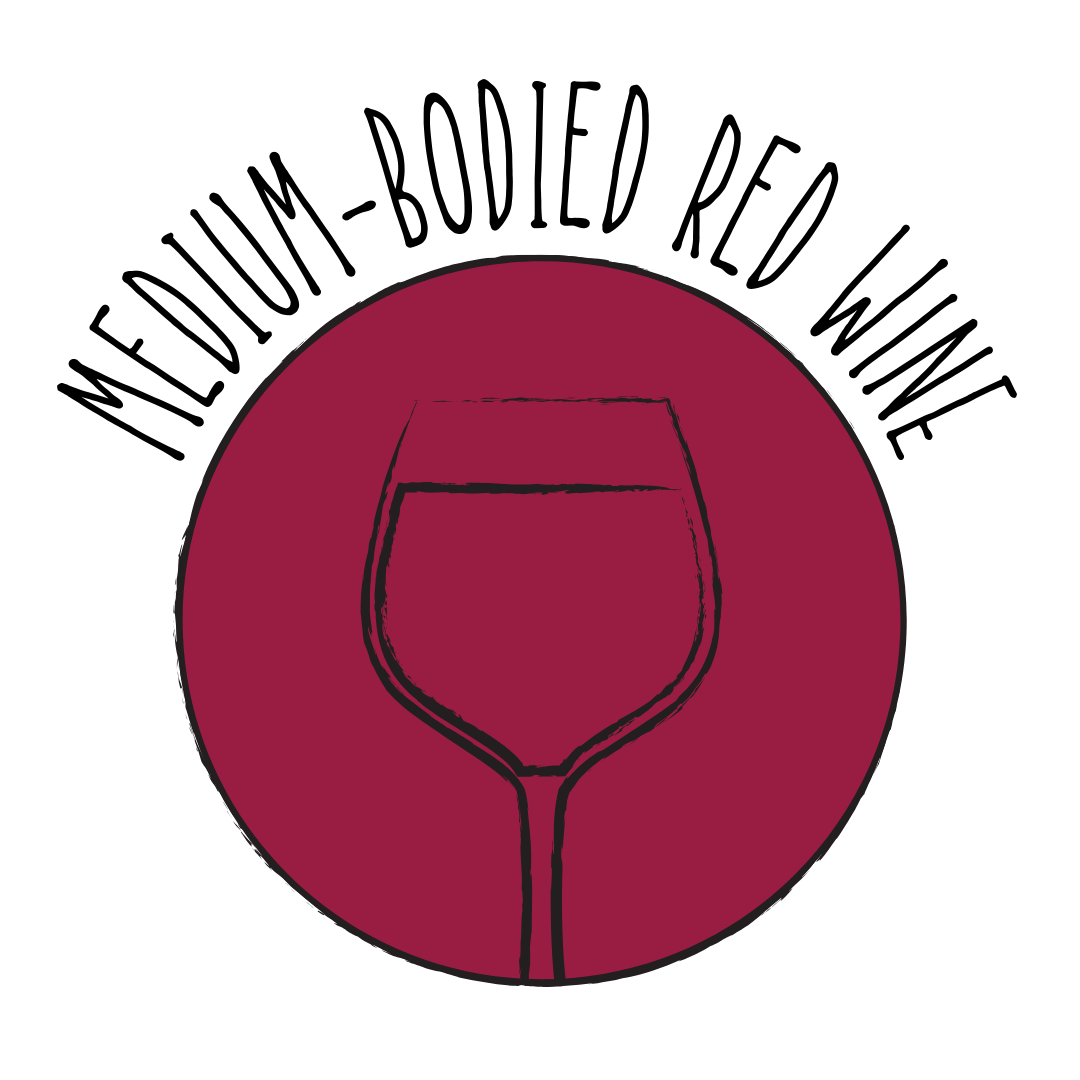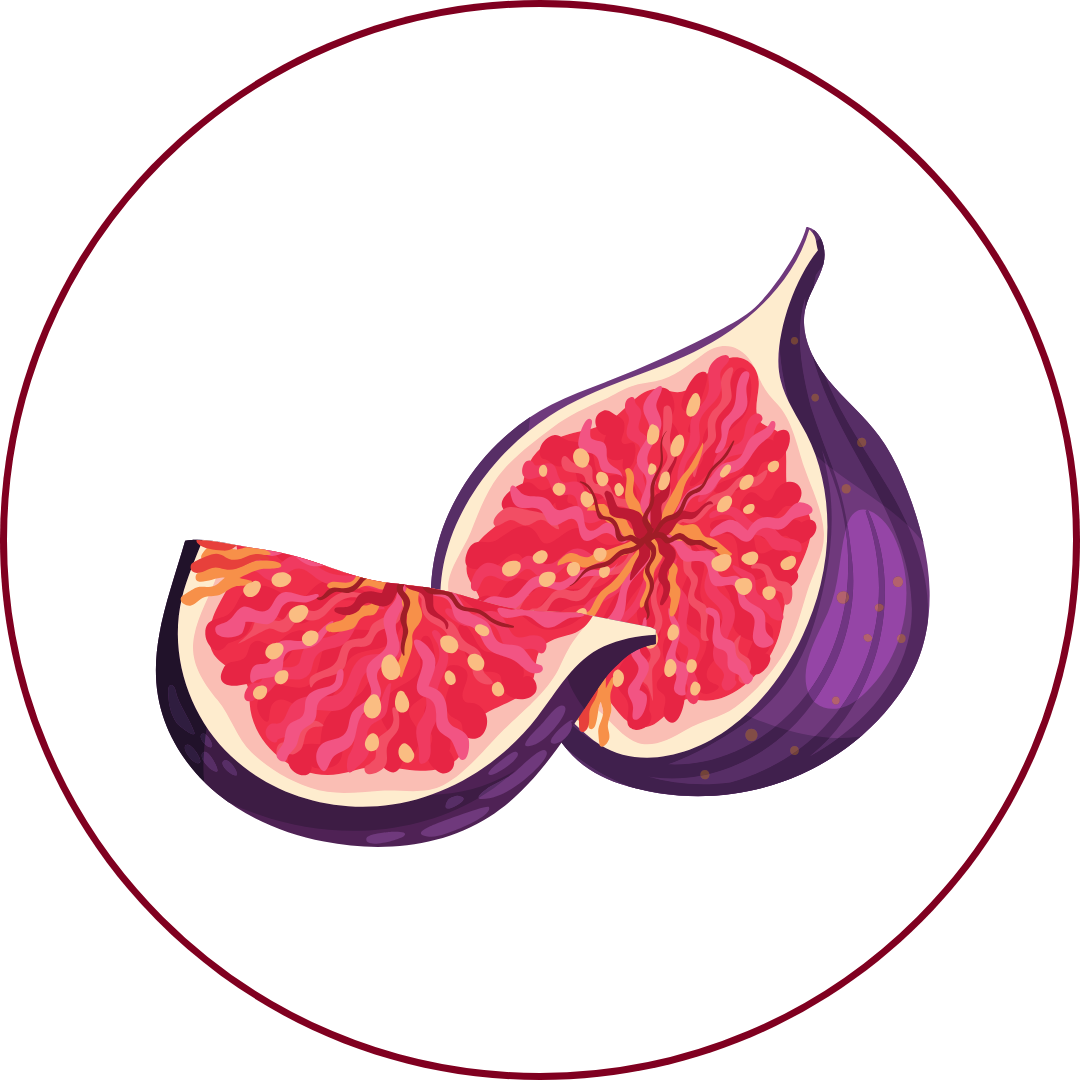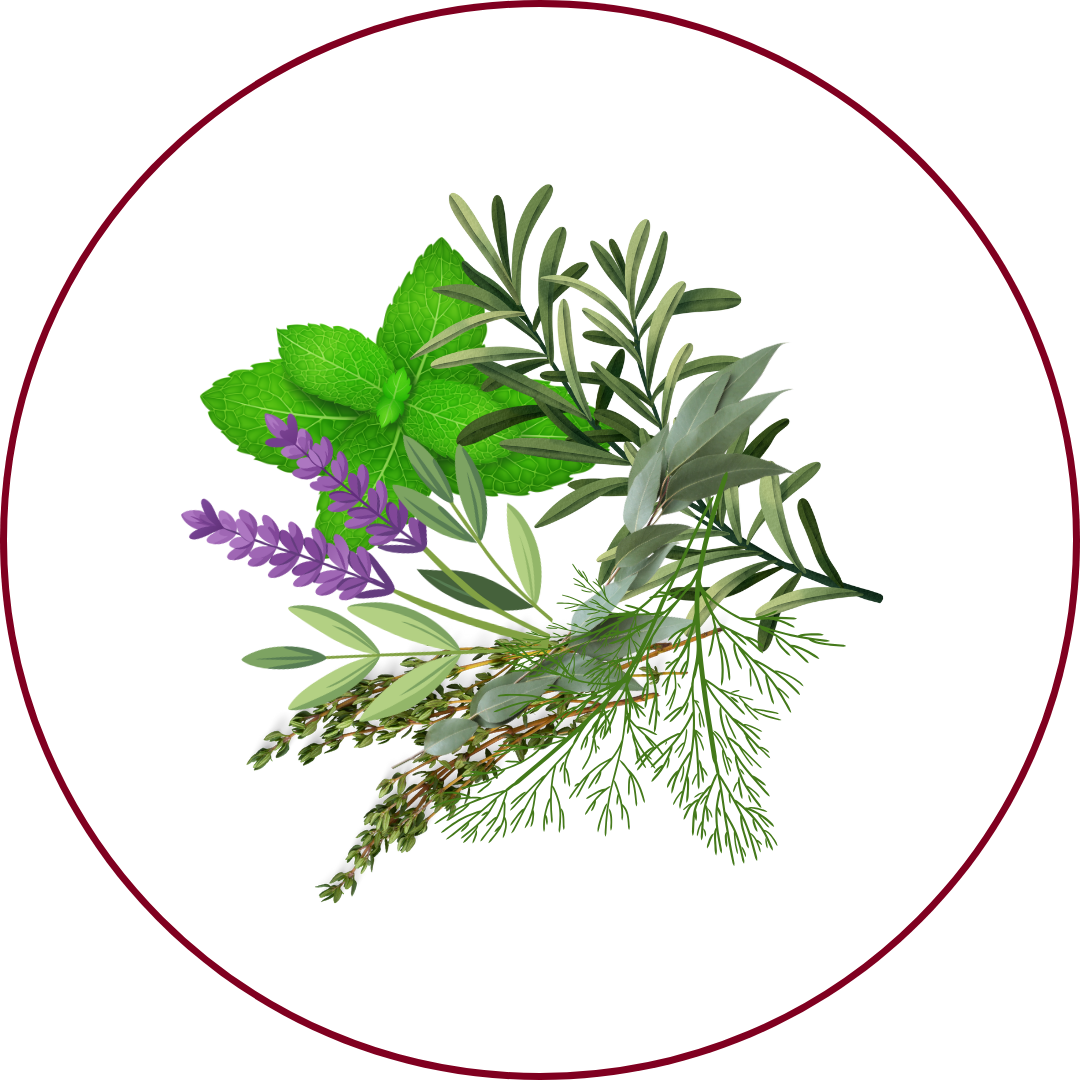Grape Variety
Marcillac
"fehr sehr-vah-DOO"
Wine Styles
 Sparkling
Sparkling Light White
Light White Full White
Full White Aromatic
Aromatic Rosé
Rosé Light Red
Light Red Medium Red
Medium Red Full Red
Full Red Dessert
DessertAbout Marcillac
Origin
Southwest France
History
Fer Servadou, often simply referred to as 'Fer', is a red French wine grape variety primarily grown in Southwest France. It is most notable for its role in the Appellation d'Origine Contrôlée (AOC) wines of Gaillac, Marcillac, and Béarn, but can also be found as a minor component in the wines of Madiran, Cabardès, and Bergerac. The grape is also featured in red blends from several vin de pays regions in the southwest, with significant plantings in the Aveyron department. The name 'Fer' is French for iron, a reference to the very hard and 'iron-like' wood of the vine's above-ground canopy. This characteristic makes the vine difficult to prune and trellis. Fer has a long tradition in the southwestern wine regions of France and is possibly indigenous to the area. For centuries, many of the full-bodied red wines of the region included some percentage of Fer in the blend, prized for the color and concentration it added. However, viticulture and cultivation can be challenging due to its extremely hard wood stock. The grape was nearly wiped out following the 19th-century phylloxera plague but held on after a coal mine opened in Marcillac, along with thirsty miners. Since then, its growing appeal to modern tastebuds has seen plantings steadily increase, although Fer Servadou wines are still something of a rarity.
Appearance
Small to medium-sized, thick-skinned berries with a deep blue-black hue when ripe.
Growing Traits
Fer Servadou is a hardy grape that flourishes in the stony, iron-rich hills of Southwest France. It is resistant to frost and diseases, particularly gray mold and mildew, but is susceptible to leafhoppers. The vine's hard wood makes it difficult to prune and trellis. It requires a long growing season to fully ripen, often resulting in irregular fertility, and must be pruned long. Frequently, a substantial part of the buds do not burst. The clusters keep well on the vine trunk and have peduncles that lignify.
Wine Characteristics
Body
3/5
Sweetness
1/5
Tannin
4/5
Acidity
4/5
Alcohol
2/5
Medium-bodied with a firm structure, offering both freshness and complexity. Typically vinified dry, though it can exhibit ripe fruit characteristics. Moderate to high tannin levels, contributing to a robust and sometimes rustic mouthfeel. Medium to high acidity, providing balance and enhancing its aging potential. Moderate alcohol content, generally around 12-13%, ensuring balance and drinkability.
Taste Profile

Red Currant

Fig

Pepper

Violet

Herbal
Fer Servadou wines are characterized by concentrated red and black fruit flavors, such as redcurrant and fig, with floral notes of violet and herbal undertones. On the palate, they are medium-bodied with firm tannins and a peppery finish, offering a rustic and robust character.
Food Pairing
Fer Servadou's medium body, firm structure, and high acidity make it a versatile companion for various dishes. It pairs well with grilled meats, hearty stews, and aged cheeses. Its robust tannins and concentrated fruit flavors complement rich, flavorful dishes, including game and cassoulet.
Growing Regions

France
MarcillacGaillacMadiranBéarnCabardèsBergerac
Notable Wines & Producers
Marcillac AOC
Domaine du Cros
Domaine Laurens
Gaillac AOC
Domaine Plageoles
Château Lastours
Madiran AOC
Château Montus
Domaine Berthoumieu
Marcillac FAQ
Common questions about this grape variety
What is the origin of Marcillac?
+
Southwest France
Is Marcillac wine full bodied?
+
Marcillac has a body level of 3 out of 5. Which means that Marcillac is Moderate bodied.
Is Marcillac wine dry or sweet?
+
Marcillac has a dryness level of 1 out of 5. Which means that Marcillac is Dry.
Where is Marcillac wine from?
+
Southwest France
Where is Marcillac grown?
+
Marcillac is grown in France (Marcillac, Gaillac, Madiran, Béarn, Cabardès, Bergerac).
What is Marcillac like?
+
Fer Servadou wines are characterized by concentrated red and black fruit flavors, such as redcurrant and fig, with floral notes of violet and herbal undertones. On the palate, they are medium-bodied with firm tannins and a peppery finish, offering a rustic and robust character.
What does Marcillac pair with?
+
Fer Servadou's medium body, firm structure, and high acidity make it a versatile companion for various dishes. It pairs well with grilled meats, hearty stews, and aged cheeses. Its robust tannins and concentrated fruit flavors complement rich, flavorful dishes, including game and cassoulet.
What does Marcillac taste like?
+
Fer Servadou wines are characterized by concentrated red and black fruit flavors, such as redcurrant and fig, with floral notes of violet and herbal undertones. On the palate, they are medium-bodied with firm tannins and a peppery finish, offering a rustic and robust character.
Take Marcillac Knowledge with You
Access detailed grape profiles, tasting notes, and pairing suggestions on your iPhone.
Download on theApp Store